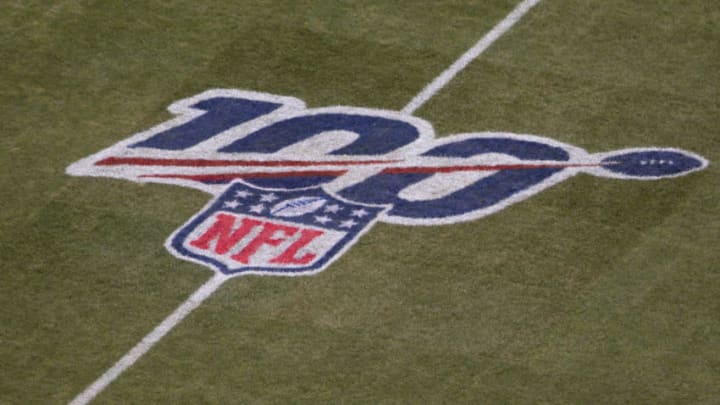In 1975, the Washington Football Team stumbled its way to an 8-6 record and third place in the NFC East. It was the first time since head coach George Allen arrived in 1971 that the team failed to make the playoffs.
Allen was not about to take this lying down. Though he had traded away virtually every draft pick the Washington Football Team had, he still had owner Edward Bennett Williams’ promise of an unlimited payroll. And he had free agency.
Before the 1976 season, Allen signed some big-name skill position players in running backs Calvin Hill and John Riggins, and tight end Jean Fugett. He traded for defensive backs Joe Lavender and Jake Scott. And he retooled an aging offensive line that was losing both starting guards, Ray Schoenke and Walt Sweeney. To replace Sweeney at right guard, Allen shifted Terry Hermeling over from left tackle and inserted Tim Stokes into Hermeling’s old spot.
To replace Schoenke at left guard, Allen made another trade, sending three draft picks to Houston for a six-year vet named Ron Saul.
Ron Saul passed away last week at the age of 73. He was the last of three Saul brothers, who made it from Pennsylvania steel and farm country to the NFL, to die. Older brother Bill was a defensive team captain for the Steelers throughout the mid-‘60s, and twin brother Rich was a perennial Pro Bowler for the Rams in the late ‘70s.
Ron was the brother who came to Washington, and who liked the area so much, he stayed long after his playing days were over. All of the Saul brothers had legendary strength, and Ron used that strength to help the Washington Football Team establish one of the best lines in the league in the late ‘70s. That 1976 team made it back to the playoffs and set the franchise record for rushing yards in a season. They would break that record again in 1979.
Saul remained a starter through the 1980 season. By that time, age had finally caught up with the team and a complete overhaul was coming. A new owner, a new coach, a new team. The only player to hold onto a starting job along the offensive line once Joe Gibbs took over in 1981 was right tackle George Starke. Saul was replaced at left guard by another Pennsylvania kid who hailed from Scottdale, about an hour south of where Saul was born in Butler. That rookie, Russ Grimm, would wind up in the Hall of Fame.
Saul never made it that far, though he did make the Pro Bowl in 1979. He stayed on a couple years into the Gibbs reign to help mentor Grimm, along with the other young linemen, Mark May and Joe Jacoby. As you certainly know, their line coach at the time, Joe Bugel, christened them the Hogs and they became the most famous offensive line in NFL history.
The original Hogs were comprised of the starting offensive line – Jacoby, Grimm, Jeff Bostic, May, and Starke, along with tight ends Don Warren and Doc Walker. Two reserve linemen were included. Fred Dean and Ron Saul.
Thus Saul cemented his legacy in Washington, first as a player who helped keep the team in playoff contention after age had begun to overtake it. And then as a mentor to the next generation of players, who would go on to achieve the greatest success in franchise history.
Ron, along with brother Rich, was an academic All-American at Michigan State, and was selected as the MVP of all collegiate players in the state of Michigan after his senior year – the only time that award has gone to an offensive lineman.
He was also known for other-worldly toughness. Saul once recounted how he had his knee drained three times during one game against the Cowboys’ legendary Bob Lilly. Through his career, he had seven surgeries on those knees. That was just standard operating procedure for football players back in his day. Especially when you had an equally driven twin, and a bunch of older brothers who encouraged the twins to fight each other.
My favorite memory of Ron Saul does not come from a game. It’s from a football card. I was teenager when he arrived from Houston, and I had a very large collection of cards. One of them was of Ron – I want to say it was around 1976, when he first came to Washington. But I could be wrong. The details grow murkier every year, but the emotional essence of the memory remains inviolate.
There was Ron – shaggy-haired and stubble on his chin. It was the ‘70s and the crewcuts of the previous decade were gone. With those reddish blond locks, you could imagine Ron a California surf bum. Or you could just as easily picture him as a member of a Texas biker gang. Didn’t matter back then. He was just a guy you wanted on your side in the trenches.
My football cards are long gone. Now Ron Saul is too. But I have great memories when I recall them.
